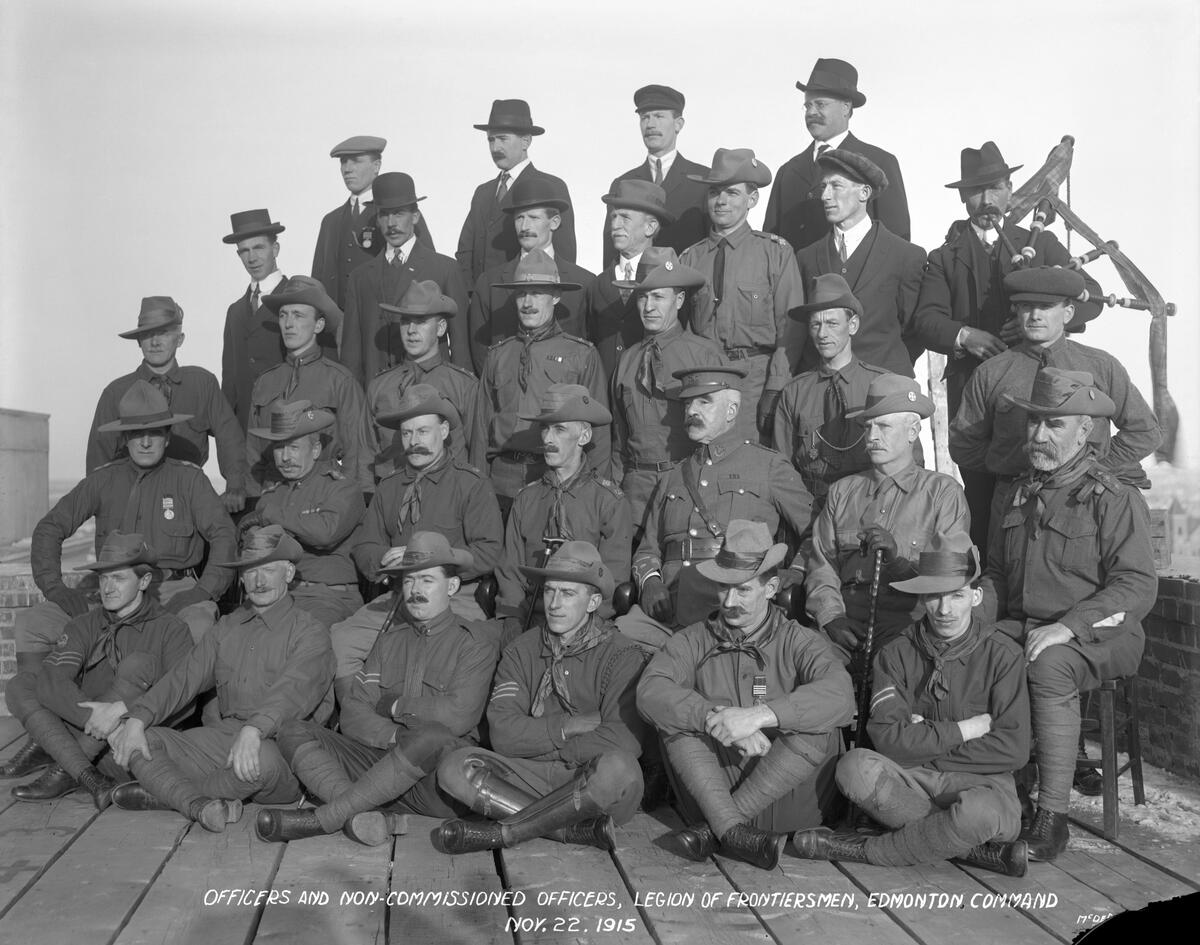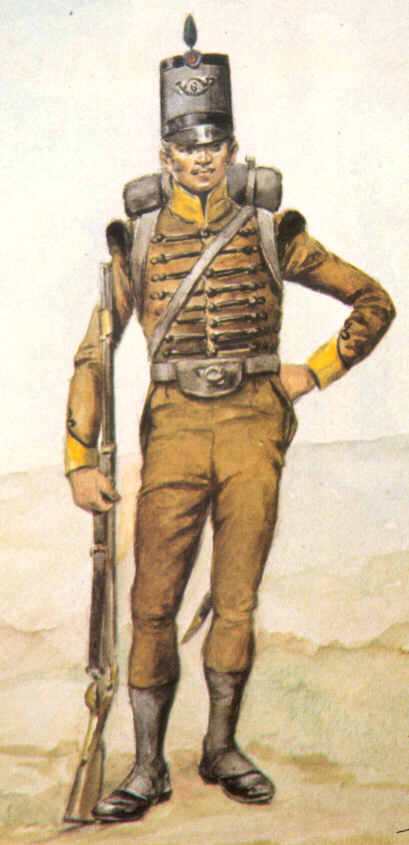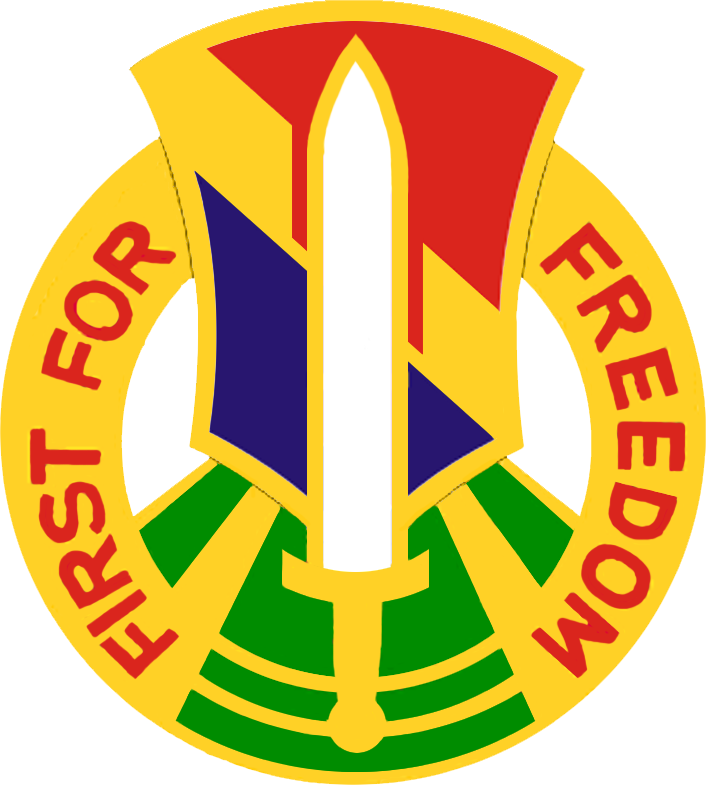|
Field Force
A field force in British, Indian Army and Tanzanian military parlance is a combined arms land force operating under actual or assumed combat circumstances, usually for the length of a specific military campaign. It is used by other nations, but can have a different meaning. United Kingdom use A field force would be created from the various units in an area of military operations and be named for the geographical area. Examples are: * Kurram Field Force, 1878 * Peshawar Valley Field Force, 1878 * Kabul Field Force, 1879–1880 * Kabul-Kandahar Field Force, 1880 * Natal Field Force, 1881 * Zhob Field Force, 1890 * Mashonaland Field Force, 1896 * Malakand Field Force, 1896 * Tirah Field Force, 1897 * West African Frontier Force, 1900 Australian use In Australia, a field force comprises the units required to meet operational commitments. Canadian use The Canadian Expeditionary Force was considered as a field force created to participate in World War I. Other Canadian fie ... [...More Info...] [...Related Items...] OR: [Wikipedia] [Google] [Baidu] |
Yukon Field Force
The Yukon Field Force, later termed the Yukon Garrison, was a unit of 203 officers and men from the Permanent Force of the Canadian Militia that served in the Yukon between 1898 and 1900. The force was created in the wake of the Klondike Gold Rush in response to fears that the United States might attempt to seize the region. It left Ottawa on May 6, 1898, travelling by rail and sea to the port of Glenora in British Columbia. From there, the unit made an arduous journey of on foot and using makeshift boats to Fort Selkirk, where they established their headquarters. A detachment of 72 men was sent to the boom town of Dawson City to support the North-West Mounted Police, with duties that included guarding the gold deposits of the local banks. As the fears of an annexation reduced, pressures grew for the recall of the force. The force was halved in size in July 1898 and the remainder were finally withdrawn in June 1900. Background The Yukon Field Force was created in response ... [...More Info...] [...Related Items...] OR: [Wikipedia] [Google] [Baidu] |
Vietnam War
The Vietnam War (1 November 1955 – 30 April 1975) was an armed conflict in Vietnam, Laos, and Cambodia fought between North Vietnam (Democratic Republic of Vietnam) and South Vietnam (Republic of Vietnam) and their allies. North Vietnam was supported by the Soviet Union and China, while South Vietnam was supported by the United States and other anti-communist nations. The conflict was the second of the Indochina wars and a proxy war of the Cold War between the Soviet Union and US. The Vietnam War was one of the postcolonial wars of national liberation, a theater in the Cold War, and a civil war, with civil warfare a defining feature from the outset. Direct United States in the Vietnam War, US military involvement escalated from 1965 until its withdrawal in 1973. The fighting spilled into the Laotian Civil War, Laotian and Cambodian Civil Wars, which ended with all three countries becoming Communism, communist in 1975. After the defeat of the French Union in the First Indoc ... [...More Info...] [...Related Items...] OR: [Wikipedia] [Google] [Baidu] |
Afghan Army
The Islamic National Army (, ), also referred to as the Islamic Emirate Army and the Afghan Army, is the land force branch of the Afghan Armed Forces. The roots of an army in Afghanistan can be traced back to the early 18th century when the Hotak dynasty was established in Kandahar followed by Ahmad Shah Durrani's rise to power. It was reorganized in 1880 during Emir Abdur Rahman Khan's reign. Afghanistan remained neutral during the First and Second World Wars. From the 1960s to the early 1990s, the Afghan Army was equipped by the Soviet Union. After the resignation of President Najibullah in 1992, the army effectively dissolved. In 1996 the Islamic Emirate of Afghanistan (Taliban regime) took power, creating their own army, which lasted until the United States invasion of Afghanistan in October–November 2001. By 2016, most of Afghanistan came under government control. However over the next few years the government slowly lost territory to the Taliban and eventually co ... [...More Info...] [...Related Items...] OR: [Wikipedia] [Google] [Baidu] |
Royal Border Guard (Albania)
The Royal Border Guard () was a border protection force of the Royal Albanian Army responsible for protecting Albania's territorial borders from smuggling activities and foreign interference. History Shortly after the establishment of Albania's borders was officially recognised at the Ambassadors Conference in Paris on 30 July 1926, the need for a border protection force suddenly emerged. The Royal Border Guard was created on 25 February 1929. It was a military-financial organization which was tasked with stopping, suppressing and preventing smuggling and criminal activity along the country's newly formed borders. Its operations continued until 7 April 1939, the day Albania was invaded by Fascist Italian Forces. Structure The force consisted of five battalions (commanders listed as of April 7, 1939): *Border Battalion Korçë (Capt. Rexhep Radomira) *Border Battalion Delvine (Capt. Haxhi Gilagoli) *Border Battalion Durrës (Capt. Shaban Tirana) *Border Battalion Shkodër (Cpt. ... [...More Info...] [...Related Items...] OR: [Wikipedia] [Google] [Baidu] |
Royal Albanian Gendarmerie
The Arm of Gendarmerie () was a gendarmerie force created after the proclamation of independence from the Ottoman Empire of Albania on 28 November 1912. History Formation of "Arm of Gendarmerie" After the declaration of independence of Albania, it was necessary to create a law enforcement force for maintaining order throughout the territory. The first Albanian government has been tasked with creating the ''Arms of Gendarmerie Alem Tragjasin, Hysni Toskas, Sali Vranisht and Hajredin Hekalin. In 1913, three battalions were created and headed by Major Hysen Prishtina in Vlorë, by Captain Ali Tetova in Berat and Major Ismail Haki Tatzati in Elbasan. Later in the year, the battalion of Durrës was established and also an academy for recruiting gendarmes in Tirana. The gendarmerie also set her regular gray-green uniform, red and black collar, hooded jacket and ranks in the front part of the collar. In March 1914, the Great Powers sent Kingdom of the Netherlands, Dutch officers who we ... [...More Info...] [...Related Items...] OR: [Wikipedia] [Google] [Baidu] |
Royal Albanian Army
The Royal Albanian Army () was the army of the Albanian Kingdom and King Zog I of the Albanians from 1928 until 1939. Its commander-in-chief was King Zog; its commander was General Xhemal Aranitasi; its chief of staff was General Gustav von Myrdacz. The army was mainly financed by Italy from 1936 to 1939. List of weapons Artillery * Type 41 75 mm Mountain Gun * Skoda 75 mm Model 1928 *Cannone da 65/17 modello 13 Machine Guns * Schwarzlose MG M.07/12 *Vickers machine gun *Maxim gun Guns *Carcano M1891 * Mannlicher–Schönauer * Mauser M1893 * Pistols * Glisenti Model 1910 Law on recruitment * Article 1. Any male Albanian citizen is obliged to perform military service according to the provisions of this law. * Article 2. Excluded from military service and cannot participate in the armed forces are those sentenced to life, as well as those who are sentenced to a punishment that entails the loss of civil rights, and the permanent loss of the right to serve State. An ex ... [...More Info...] [...Related Items...] OR: [Wikipedia] [Google] [Baidu] |
Paramilitary
A paramilitary is a military that is not a part of a country's official or legitimate armed forces. The Oxford English Dictionary traces the use of the term "paramilitary" as far back as 1934. Overview Though a paramilitary is, by definition, not a military, it is usually equivalent to a light infantry or special forces in terms of strength, firepower, and organizational structure. Paramilitaries use combat-capable kit/equipment (such as Internal security vehicle, internal security/SWAT vehicles), or even actual military equipment (such as Long gun, long guns and Armoured personnel carrier, armored personnel carriers; usually military surplus resources), skills (such as battlefield medicine and bomb disposal), and tactics (such as urban warfare and close-quarters combat) that are compatible with their purpose, often combining them with skills from other relevant fields such as law enforcement, coast guard, or search and rescue. A paramilitary may fall under the command of a ... [...More Info...] [...Related Items...] OR: [Wikipedia] [Google] [Baidu] |
Light Infantry
Light infantry refers to certain types of lightly equipped infantry throughout history. They have a more mobile or fluid function than other types of infantry, such as heavy infantry or line infantry. Historically, light infantry often fought as Reconnaissance, scouts, Raid (military), raiders, and skirmishers. These are loose formations that fight ahead of the main army to harass, delay, disrupt supply lines, engage the enemy's own skirmishing forces, and generally "soften up" an enemy before the main battle. Light infantrymen were also often responsible for Screening (tactical), screening the main body of a military formation. Following World War II, the term "light infantry" has evolved to include rapid-deployment units (including commando and Airborne forces, airborne units) that emphasize speed and mobility over armor and firepower. Some units or battalions that historically held a skirmishing role retain their designation "light infantry" for the sake of tradition. His ... [...More Info...] [...Related Items...] OR: [Wikipedia] [Google] [Baidu] |
Counterinsurgency
Counterinsurgency (COIN, or NATO spelling counter-insurgency) is "the totality of actions aimed at defeating irregular forces". The Oxford English Dictionary defines counterinsurgency as any "military or political action taken against the activities of guerrillas or revolutionaries" and can be considered war by a state against a non-state adversary. Insurgency and counterinsurgency campaigns have been waged since ancient history. Western thought on fighting 'small wars' gained interest during initial periods of European colonisation, with modern thinking on counterinsurgency was developed during decolonization. During insurgency and counterinsurgency, the distinction between civilians and combatants is often blurred. Counterinsurgency may involve attempting to win the hearts and minds of populations supporting the insurgency. Alternatively, it may be waged in an attempt to intimidate or eliminate civilian populations suspected of loyalty to the insurgency through indiscri ... [...More Info...] [...Related Items...] OR: [Wikipedia] [Google] [Baidu] |
Civil Affairs
Civil Affairs (CA) is a term used by both the United Nations and by military institutions (such as the U.S. military), but for different purposes in each case. Civil Affairs in United Nations Peace Operations Civil Affairs officers in UN Peace Operations are civilian staff members who are often at the forefront of a mission's interaction with local government officials, civil society, and other civilian partners in the international community. "Civil Affairs components work at the social, administrative and sub-national political levels to facilitate the countrywide implementation of peacekeeping mandates and to support the population and government in strengthening conditions and structures conducive to sustainable peace."Civil Affairs components are deployed in most peacekeeping missions led by the UN Department of Peacekeeping Operations and are also a feature of many special political missions led by the Department of Political Affairs. Officers are usually deployed at th ... [...More Info...] [...Related Items...] OR: [Wikipedia] [Google] [Baidu] |
II Field Force
II Field Force, Vietnam was a United States Army Corps-level command during the Vietnam War. Activated on 15 March 1966, it became the largest corps command in Vietnam and one of the largest in Army history. II Field Force was assigned the lineage of the XXII Corps, a World War II corps in the European Theater of Operations. II Field Force was a component of U.S. Military Assistance Command Vietnam (MACV) and had its headquarters in Long Binh. Area of responsibility II Field Force's area of responsibility was III Corps Tactical Zone, later renamed Military Region 3, which comprised eleven provinces surrounding Saigon. This was designed to mimic the ARVN III Corps region. II Field Force controlled units participating in the 1968 Tet Offensive and the 1970 Cambodian Incursion. Units assigned At various times during the Vietnam War, II FFV controlled the following units: * 1st Infantry Division * 9th Infantry Division * 25th Infantry Division *101st Airborne Division *1st C ... [...More Info...] [...Related Items...] OR: [Wikipedia] [Google] [Baidu] |
I Field Force
I Field Force, Vietnam was a corps-level command of the United States Army during the Vietnam War. Activated on 15 March 1966, it was the successor to Task Force Alpha, a provisional corps command created 1 August 1965 (renamed Field Force Vietnam on 25 September) for temporary control of activities of U.S. Army ground combat units arriving in Vietnam. I Field Force was a component of U.S. Military Assistance Command Vietnam (MACV) and had its headquarters at Nha Trang. Area of Responsibility and Units Assigned I Field Force's area of responsibility was II Corps Tactical Zone, later renamed Military Region 2, which comprised the twelve provinces of Vietnam's Central Highlands. Among the divisions and brigades it controlled were: *1st Cavalry Division (Airmobile) * 4th Infantry Division *3d Brigade, 25th Infantry Division *1st Brigade, 101st Airborne Division *173rd Airborne Brigade The 173rd Airborne Brigade ("Sky Soldiers") is an Airborne forces, airborne infantry bri ... [...More Info...] [...Related Items...] OR: [Wikipedia] [Google] [Baidu] |








